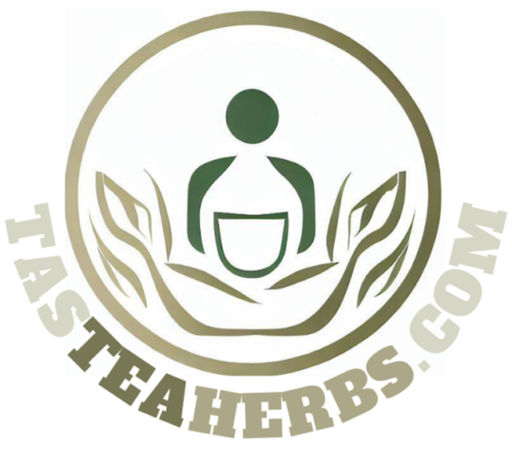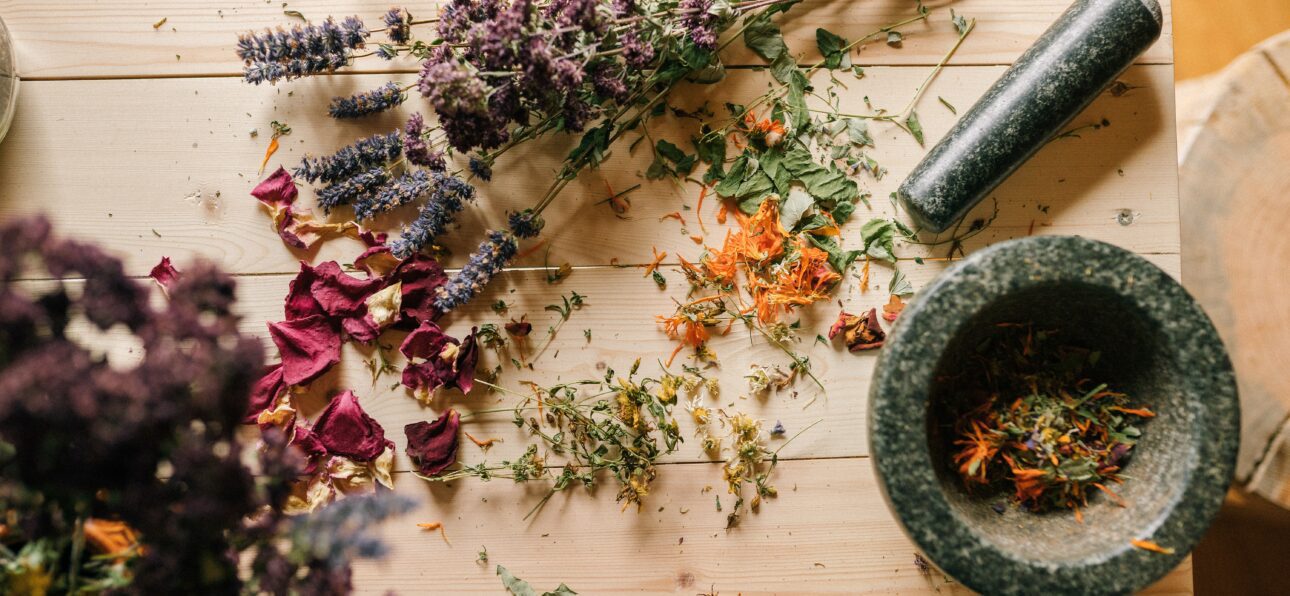Today I want to explain the process of drying herbs effectively. When it comes to enjoying a soothing cup of herbal tea, the freshness and quality of your herbs matter a great deal. While it might be tempting to use fresh herbs for your tea, drying them can be a game-changer. In this comprehensive guide, we'll explore the reasons behind drying herbs for tea, the different drying techniques, and the best ways to store dried herbs for long-lasting flavor. So, pour yourself a cup of your favorite tea and let's dive in!
Can You Drink Herbal Teas with Fresh Herbs?
Yes, you can certainly use fresh herbs to make herbal tea. Fresh herbs can infuse your tea with vibrant flavors and aromas, providing an enjoyable tea-drinking experience. However, there are some important considerations to keep in mind when using fresh herbs:
-
Seasonal Availability: Fresh herbs are often seasonal, meaning you can only enjoy them during specific times of the year. Drying herbs allows you to extend their availability throughout the year.
-
Storage: Fresh herbs have a shorter shelf life compared to dried herbs. They can wilt, spoil, or lose their potency relatively quickly.
-
Intensity: Fresh herbs can sometimes be more intense in flavor, which may not be suitable for all tea blends. Dried herbs offer a milder and more consistent flavor.
What Are the Different Techniques of Drying Herbs?
Drying herbs is a process that involves removing moisture from the plant material to preserve its flavor and aroma. There are several drying techniques, but we'll focus on one of the most traditional methods: sun drying.
Sun Drying: How to Dry Herbs Naturally
Sun drying herbs is a natural and environmentally friendly way to preserve them. Here's how to do it:
-
Choose the Right Location: Select a location that receives plenty of sunlight and is away from animals and pests. A clean, dry surface, such as a wooden tray or a mesh screen, works well.
-
Avoid Washing: Do not wash the herbs before drying them. Excess moisture can hinder the drying process and promote mold growth.
-
Timing: Pick your herbs in the morning, after the dew has evaporated but before the sun is at its peak. This timing helps preserve the herbs' essential oils.
-
Spread Them Out: Lay the herbs out in a single layer on your chosen surface, ensuring good air circulation around each herb. Avoid overcrowding.
-
Rotate Regularly: Turn the herbs periodically to ensure even drying. This may take several days to a few weeks, depending on the weather and the type of herb.
Why Drying Herbs for Tea?
Drying herbs for tea serves multiple purposes, and it's not just about convenience. Here are the key reasons why drying herbs is a worthwhile practice:
Preserve Quality with Proper Herb Drying
Drying herbs allows you to capture them at their peak of quality. When herbs are dried correctly, their essential oils and flavors are locked in, ensuring a consistent and enjoyable tea experience.
Extended Availability for Herb Drying
Fresh herbs are often seasonal, and you may not have access to your favorite herbs year-round. Drying herbs enables you to create a tea stash that can last throughout the year, even when certain herbs are out of season.
Convenience in Tea Making
Having a collection of dried herbs on hand makes it easy to brew tea whenever you desire, without the need to venture into your garden or make frequent trips to the store.
Enhanced Health Benefits
Some herbs actually develop stronger medicinal properties when dried, as the drying process can concentrate their beneficial compounds.
What Are the Best Ways to Store Dry Herbs?
To ensure the longevity of your dried herbs and preserve their flavor, proper storage is crucial. Here are some tips for storing dry herbs effectively:
-
Containers: Use airtight containers made of glass or ceramic to store your dried herbs. These containers keep air and moisture out, preventing the herbs from deteriorating.
-
Labeling: Clearly label your containers with the name of the herb and the date of drying. This helps you keep track of freshness.
-
Location: Store your herb containers in a cool, dark place, away from direct sunlight and heat sources. A pantry or cupboard works well.
-
Avoid Plastic Bags: Avoid using plastic bags for long-term storage, as they can allow moisture to seep in and compromise the herbs' quality.
How Long Can You Store It?
The shelf life of dried herbs can vary depending on factors like the herb type, drying method, and storage conditions. In general, dried herbs can be stored for up to one to three years. However, their flavor and potency may gradually diminish over time.
To get the most out of your dried herbs, consider conducting periodic aroma and flavor checks. If you notice a significant decline in aroma or taste, it might be time to replenish your herb collection.
In conclusion, learning how to dry herbs for tea is a simple yet effective way to enhance your tea-drinking experience. It allows you to enjoy the flavors of your favorite herbs year-round, while also preserving their quality and medicinal properties. Whether you choose to sun dry or use other drying methods, proper storage is key to maintaining the freshness of your dried herbs. So, take the time to dry and store your herbs thoughtfully, and savor the delightful cups of herbal tea that await you in the months to come.

